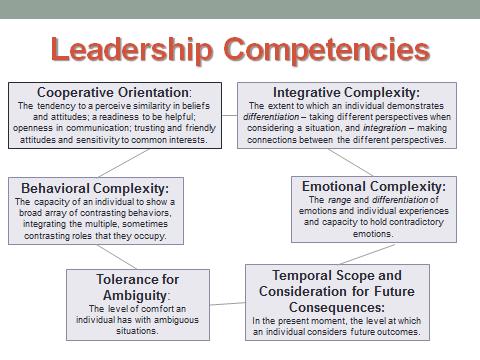Multilevel Assessment – 5 Percent Framework

Overview
Approximately five percent of more difficult conflicts enter into escalating spirals that become increasingly intractable. Scholarship has identified a variety of individual-level and organizational-level variables associated with constructive vs. destructive attractors of organization conflict. At the individual-leader level, cooperative-competitive orientation, levels of integrative, behavioral, and emotional complexity, tolerance for ambiguity, and temporal scope or consideration for future consequences have all been associated with more constructive vs. destructive patterns of disputing. At the organizational level external environment, type of organization, cross-cutting structures, cultural complexity, task-reward interdependence, social structures, and decision-making structures have also been identified. However, there is currently no unifying framework for assessing how various individual competencies and organizational structures work in concert to affect the probabilities for constructive vs. destructive conflict dynamics. This project identifies an approach for assessing conflict competencies and structures at both of these levels.
- Individual-Level Leader Assessment
This portion of the project aims to identify various individual leader competencies that relate to long-term conflict dynamics between individuals in a workplace environment. Participants will first be asked to complete a measure of complex thinking, affect, and behavior and will then participate in an online simulation of a complex social environment. This online agent-based simulation will provide participants with a complex social environment that they must attempt to change (for the better). Our research will investigate how decision-making patterns in the simulation relate to the measures of complexity, and what types of these patterns lead to positive outcomes. This project is currently in the conceptual phase of development in partnership with the Columbia Center for New Media Teaching and Learning (CCNMTL)at Columbia University.
- Development of the Organization Level Framework
The aims of this component of project are twofold. First, we have proposed a conceptual framework for leaders to assess the structure of their organization in terms of facilitating/inhibiting constructive and destructive conflict dynamics (increasing/ decreasing probabilities). Second, we have developed guidelines for leaders to conduct organization-level assessments and to explore relevant outcomes in their organization (e.g. conflict climate, innovation, morale, organization-commitment, and procedural justice). The next steps for this project are currently in the conceptual phase.
Publications
Playing the odds: A multi-level framework for addressing probabilities for intractable conflict at work
By Peter T. Coleman, Nicholas Redding & Lily Ng (under review)
Research has identified a variety of individual-level and organizational-level variables associated with constructive versus destructive patterns of organizational conflict. However, this multitude of variables represents something of an embarrassment of riches. Currently, there is no unifying framework for understanding how individual attributes and competencies and organizational structures and processes work in concert to affect the probabilities for destructive, enduring conflicts. Understanding the genesis, maintenance and transformation of conflict attractors in organizations requires more than an understanding of the individual and contextual factors involved, and must include their inter-relationships, the timescales in which they unfold, and the mechanisms that affect transmission of conflict dynamics from one level to another. This monograph presents such a framework, offering a comprehensive approach for conceptualizing and assessing conflict competencies and structures at multiple levels of organizations.